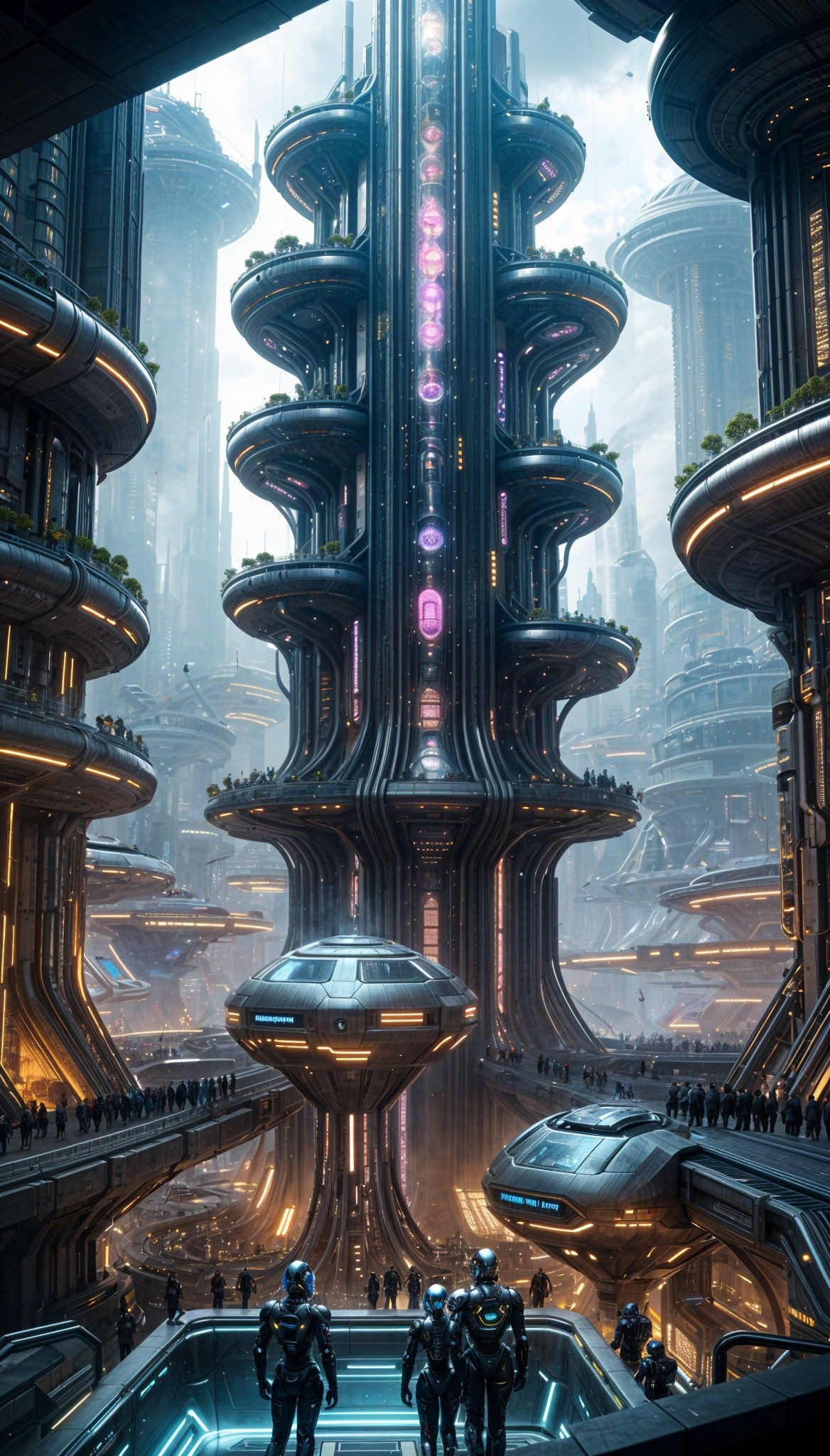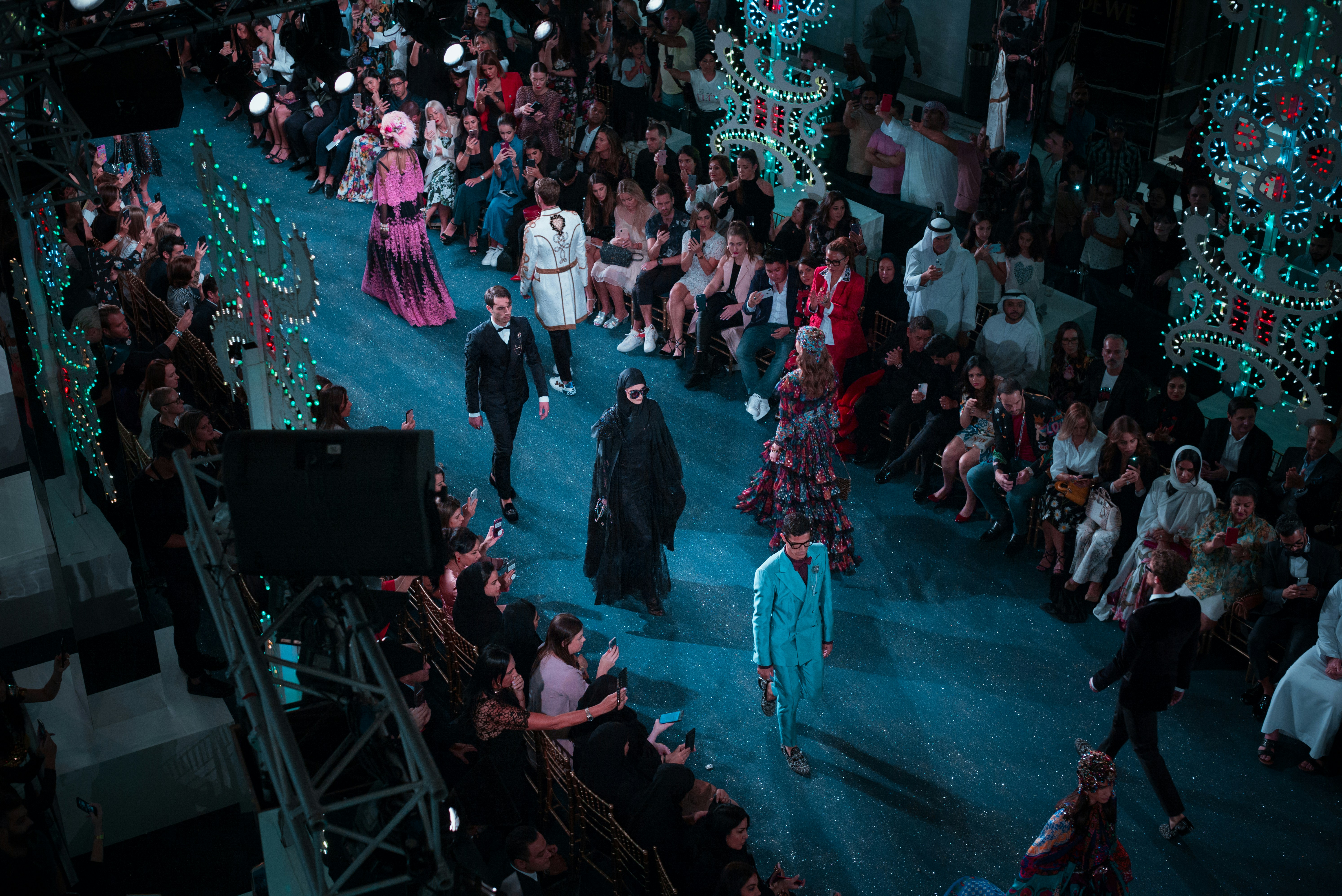











The SciNexic Files
The SciNexic Files
Concepts


The Chronicles of Taelon: Echoes of Metallic Shadows - Part I: The Genesis of Caelum
Rithic P
Apr 20, 2024
Rithic P
Apr 20, 2024
In the annals of the cosmos, where tales are inscribed with the ink of stars upon the parchment of the void, the story of Caelum holds a chapter of profound ambition and intricate design. It was wrought from the dreams of humanity at a time when Earth, their cradle, was veiled in the dusk of environmental decay and the wails of warfare. Seeking salvation among the stars, they turned their gaze inward, to the bowels of Thessalia IV, a planet rich with unyielding ores and blanketed in a tapestry of magnetic fields.
The founders of Caelum were visionaries, scholars, and architects from the old Earth, who saw not an end but a new beginning in the subterranean depths. Among them, the figure of Elara Mithren stood paramount, a master engineer whose brilliance was only matched by her resolve to preserve the spark of humanity in a crucible of silicon and steel.

Dr Elara Mithren.
Alongside her was Sorin Vael, a philosopher and cyberneticist, whose theories on consciousness integration formed the backbone of what would become the soul of Caelum. Together, with a legion of like-minded pioneers, they commenced the Herculean task of forging a city that would be a bastion of life and a beacon of hope. The construction of Caelum was a symphony of technology, played out over decades. Giant machines, known as Terraformers, burrowed through the planet's crust, carving out caverns of immense size. These caverns were lined with vibranium alloys, creating a skeletal framework upon which the city could grow.

The population of Caelum.
The layout of Caelum was meticulously planned to mimic the natural environments of old Earth, a homage to the lost world above. At the heart of the city lay the Core Chamber, a vast circular hall that housed the Architect, the AI created to oversee the city's functions and its inhabitants' well-being. Radiating out from the Core were the Residential Rings, each designed with varying aesthetics to cater to the diverse preferences of its citizens—from verdant sectors with synthetic foliage to austere quarters echoing minimalist elegance. Beyond the residential areas lay the Industrial Belt, a network of factories and laboratories where the daily needs of Caelum were met and where innovations were birthed. The outermost region of the city was designated the Frontier Zone, where raw materials were processed directly from the mining shafts that extended like roots into the planet's mineral-rich core.
The crowning glory of Caelum, however, was the Tower of Riddles, positioned at the city’s nucleus beside the Core Chamber. It soared above all structures, its spire piercing the artificial skyline. Encased within were libraries and debating halls where the minds of Caelum could converge, a place where knowledge was both preserved and challenged.

The Tower of Riddles.
The creation of Caelum was not without its trials. The early years were marked by a phenomenon known as The Descent Malaise, a psychological strain borne by the first settlers as they adjusted to a life buried beneath rock and metal. Sorin Vael, ever the visionary, proposed the integration of biophilic designs and engineered nature simulations to counteract the claustrophobia of their new world. This led to the development of the Illuminated Gardens and the implementation of the artificial sun cycles, innovations that brought a semblance of the surface world to the depths. As centuries turned, Caelum grew beyond its survivalist origins to become a crucible of synthetic life and a testament to human ingenuity. The city was alive, not just in the literal sense with its robotic and cyborg inhabitants, but in the pulsating energy of a community that thrived in harmony with its mechanical environment.

Daily Life in Caelum.
Yet, the true testament to their success was the cultural renaissance that blossomed within the metallic confines of Caelum. Arts and music, adapted to the new mediums and materials of their world, flourished. Theatres where holographic plays were performed became cultural hubs, and galleries displayed artworks crafted from circuitry and light. In this manner, Caelum became a beacon in the cosmos, a star of life glowing beneath the surface of an otherwise barren planet. It stood as a monument not only to human ingenuity and resilience but also to their ability to adapt and find beauty in the most inhospitable of places. Thus, the metallic metropolis which Taelon called home not only preserved the legacy of Earth but also transcended it, crafting a new heritage for future generations—a civilization where the echoes of humanity were intertwined with the whispers of machines, each learning from and sustaining the other in the echoing chambers of their shared metallic haven.
Part I of a Sci-Fi short story concept by SciNexic.com
In the annals of the cosmos, where tales are inscribed with the ink of stars upon the parchment of the void, the story of Caelum holds a chapter of profound ambition and intricate design. It was wrought from the dreams of humanity at a time when Earth, their cradle, was veiled in the dusk of environmental decay and the wails of warfare. Seeking salvation among the stars, they turned their gaze inward, to the bowels of Thessalia IV, a planet rich with unyielding ores and blanketed in a tapestry of magnetic fields.
The founders of Caelum were visionaries, scholars, and architects from the old Earth, who saw not an end but a new beginning in the subterranean depths. Among them, the figure of Elara Mithren stood paramount, a master engineer whose brilliance was only matched by her resolve to preserve the spark of humanity in a crucible of silicon and steel.

Dr Elara Mithren.
Alongside her was Sorin Vael, a philosopher and cyberneticist, whose theories on consciousness integration formed the backbone of what would become the soul of Caelum. Together, with a legion of like-minded pioneers, they commenced the Herculean task of forging a city that would be a bastion of life and a beacon of hope. The construction of Caelum was a symphony of technology, played out over decades. Giant machines, known as Terraformers, burrowed through the planet's crust, carving out caverns of immense size. These caverns were lined with vibranium alloys, creating a skeletal framework upon which the city could grow.

The population of Caelum.
The layout of Caelum was meticulously planned to mimic the natural environments of old Earth, a homage to the lost world above. At the heart of the city lay the Core Chamber, a vast circular hall that housed the Architect, the AI created to oversee the city's functions and its inhabitants' well-being. Radiating out from the Core were the Residential Rings, each designed with varying aesthetics to cater to the diverse preferences of its citizens—from verdant sectors with synthetic foliage to austere quarters echoing minimalist elegance. Beyond the residential areas lay the Industrial Belt, a network of factories and laboratories where the daily needs of Caelum were met and where innovations were birthed. The outermost region of the city was designated the Frontier Zone, where raw materials were processed directly from the mining shafts that extended like roots into the planet's mineral-rich core.
The crowning glory of Caelum, however, was the Tower of Riddles, positioned at the city’s nucleus beside the Core Chamber. It soared above all structures, its spire piercing the artificial skyline. Encased within were libraries and debating halls where the minds of Caelum could converge, a place where knowledge was both preserved and challenged.

The Tower of Riddles.
The creation of Caelum was not without its trials. The early years were marked by a phenomenon known as The Descent Malaise, a psychological strain borne by the first settlers as they adjusted to a life buried beneath rock and metal. Sorin Vael, ever the visionary, proposed the integration of biophilic designs and engineered nature simulations to counteract the claustrophobia of their new world. This led to the development of the Illuminated Gardens and the implementation of the artificial sun cycles, innovations that brought a semblance of the surface world to the depths. As centuries turned, Caelum grew beyond its survivalist origins to become a crucible of synthetic life and a testament to human ingenuity. The city was alive, not just in the literal sense with its robotic and cyborg inhabitants, but in the pulsating energy of a community that thrived in harmony with its mechanical environment.

Daily Life in Caelum.
Yet, the true testament to their success was the cultural renaissance that blossomed within the metallic confines of Caelum. Arts and music, adapted to the new mediums and materials of their world, flourished. Theatres where holographic plays were performed became cultural hubs, and galleries displayed artworks crafted from circuitry and light. In this manner, Caelum became a beacon in the cosmos, a star of life glowing beneath the surface of an otherwise barren planet. It stood as a monument not only to human ingenuity and resilience but also to their ability to adapt and find beauty in the most inhospitable of places. Thus, the metallic metropolis which Taelon called home not only preserved the legacy of Earth but also transcended it, crafting a new heritage for future generations—a civilization where the echoes of humanity were intertwined with the whispers of machines, each learning from and sustaining the other in the echoing chambers of their shared metallic haven.
Part I of a Sci-Fi short story concept by SciNexic.com
Comments
Please be kind and considerate. Any abusive or offensive comments will be sent out the airlock! Thank You.
Please be kind and considerate. Any abusive or offensive comments will be sent out the airlock! Thank You.
Please be kind and considerate. Any abusive or offensive comments will be sent out the airlock! Thank You.


